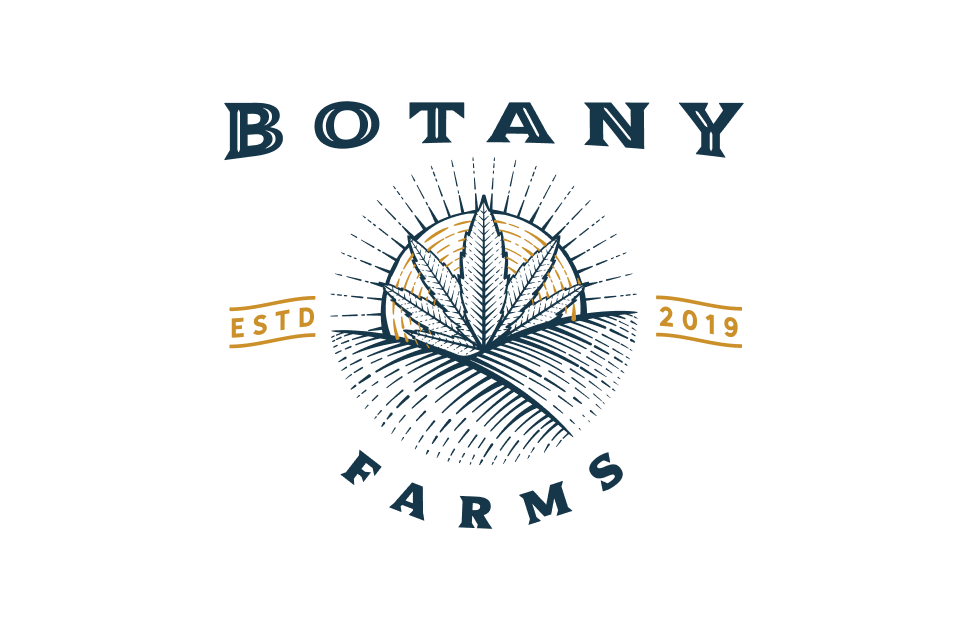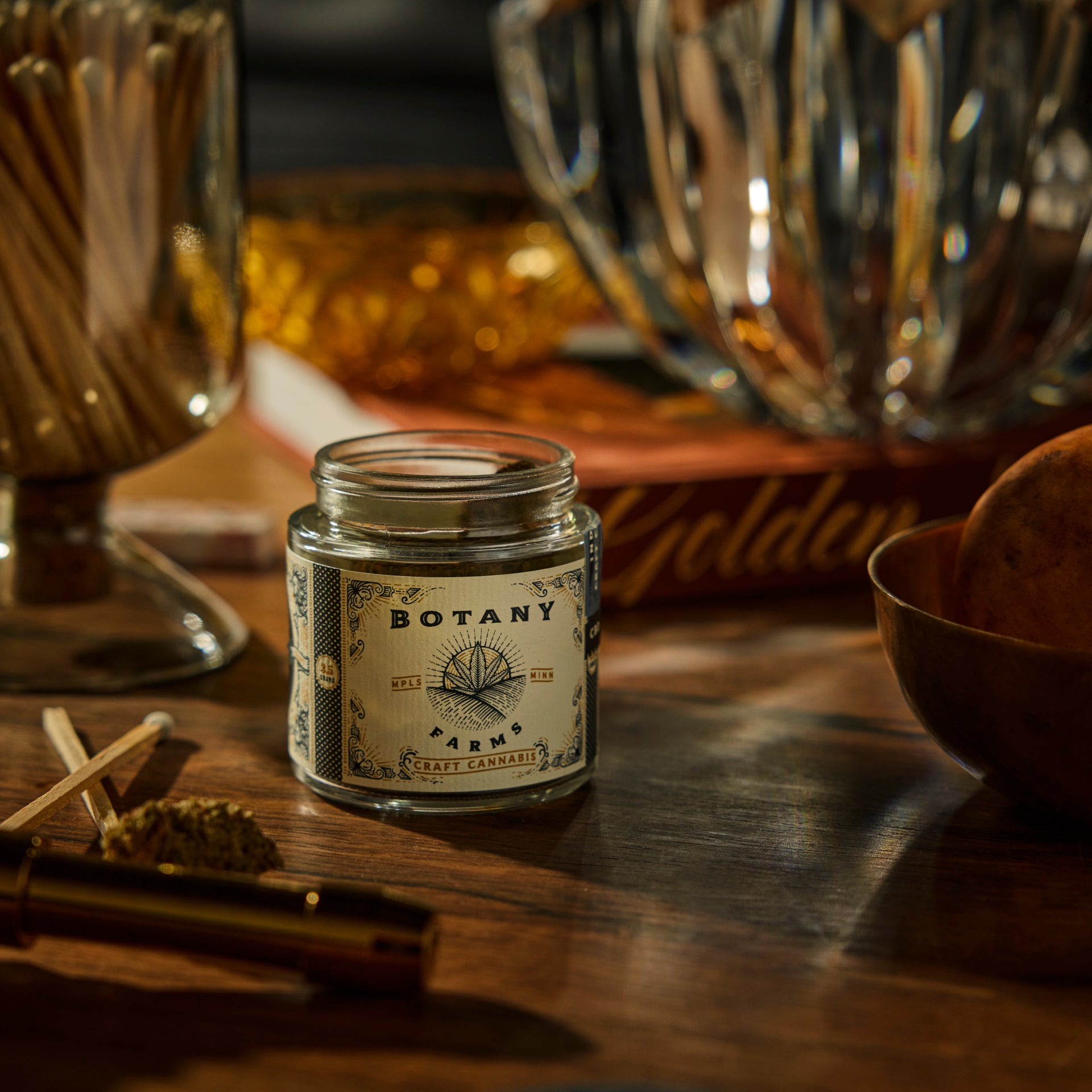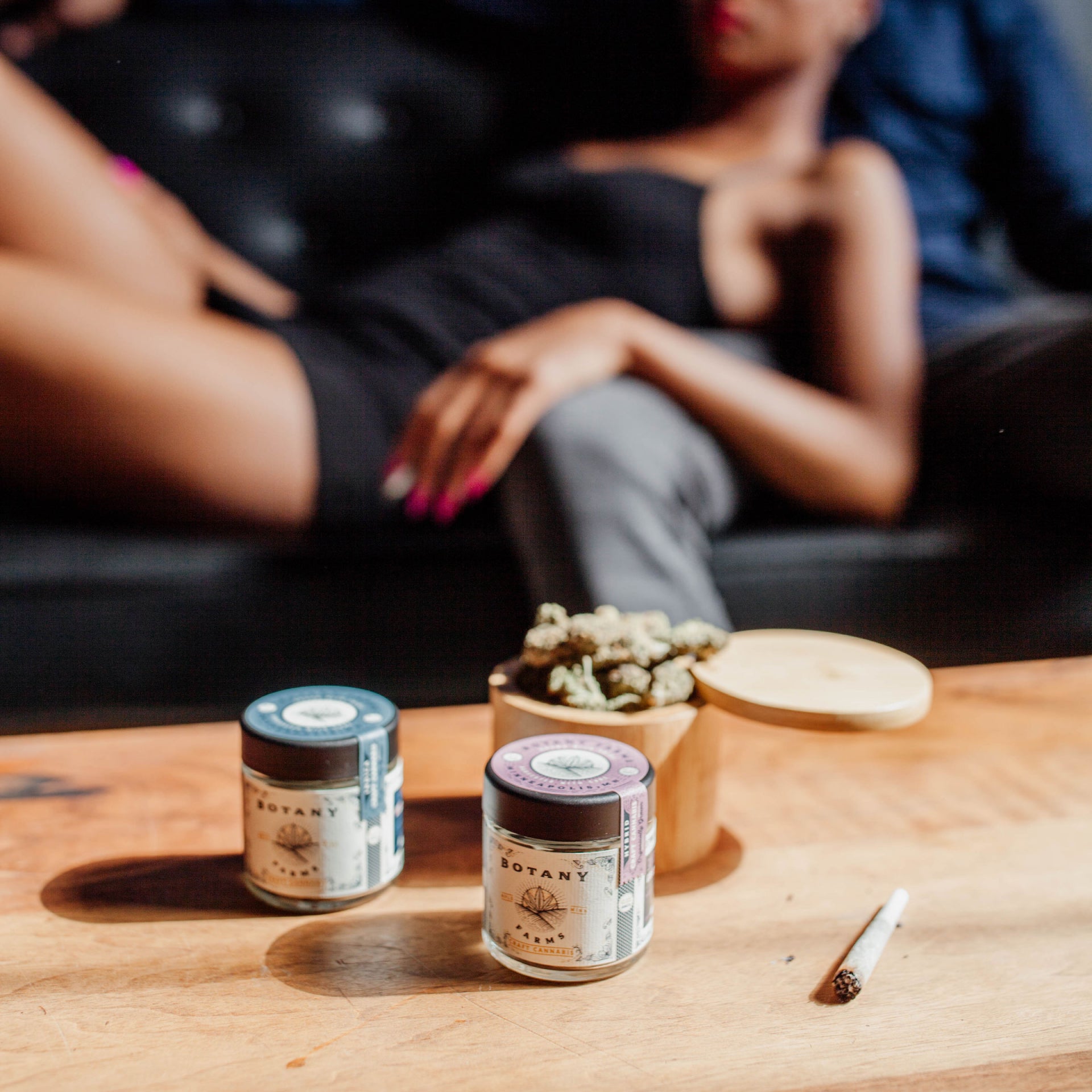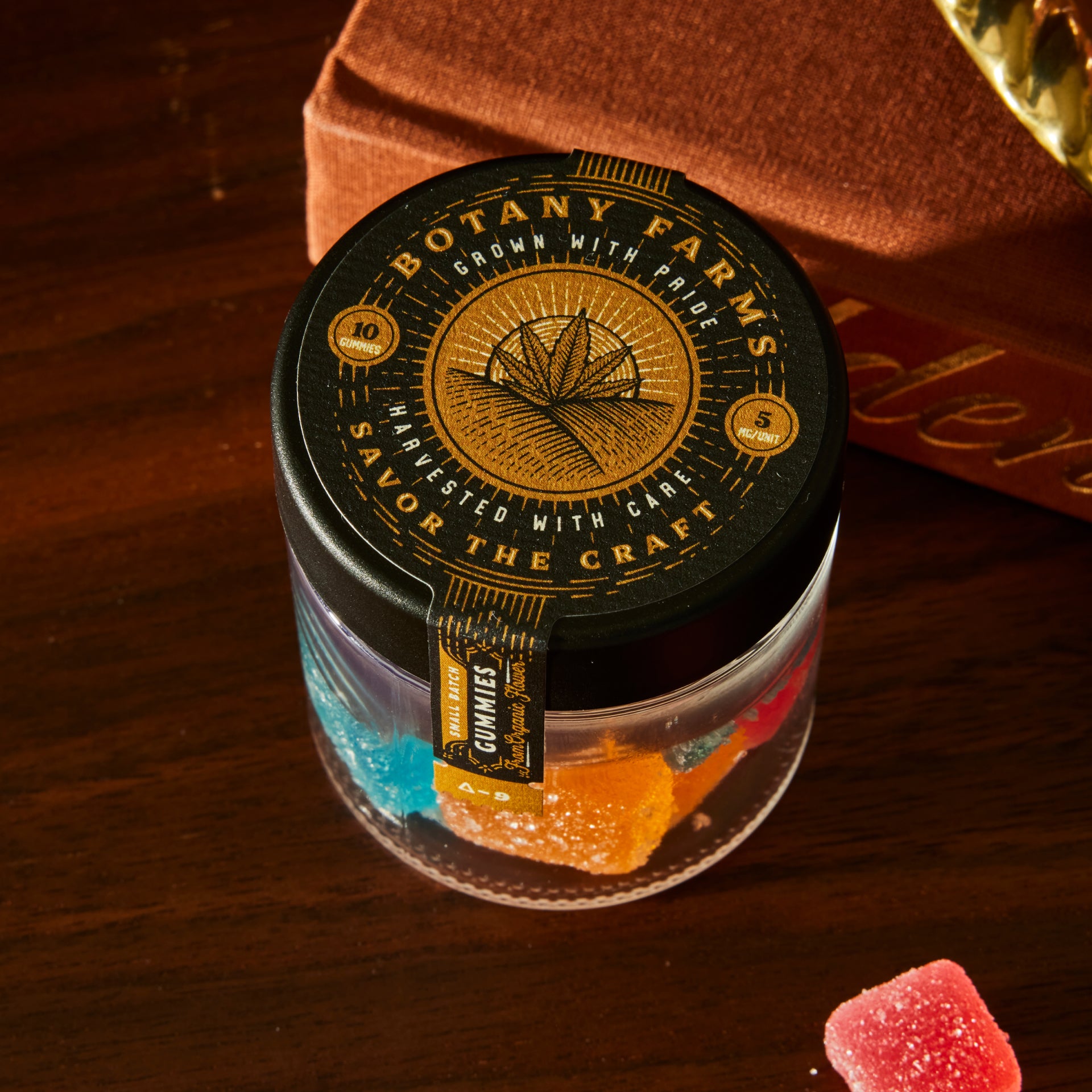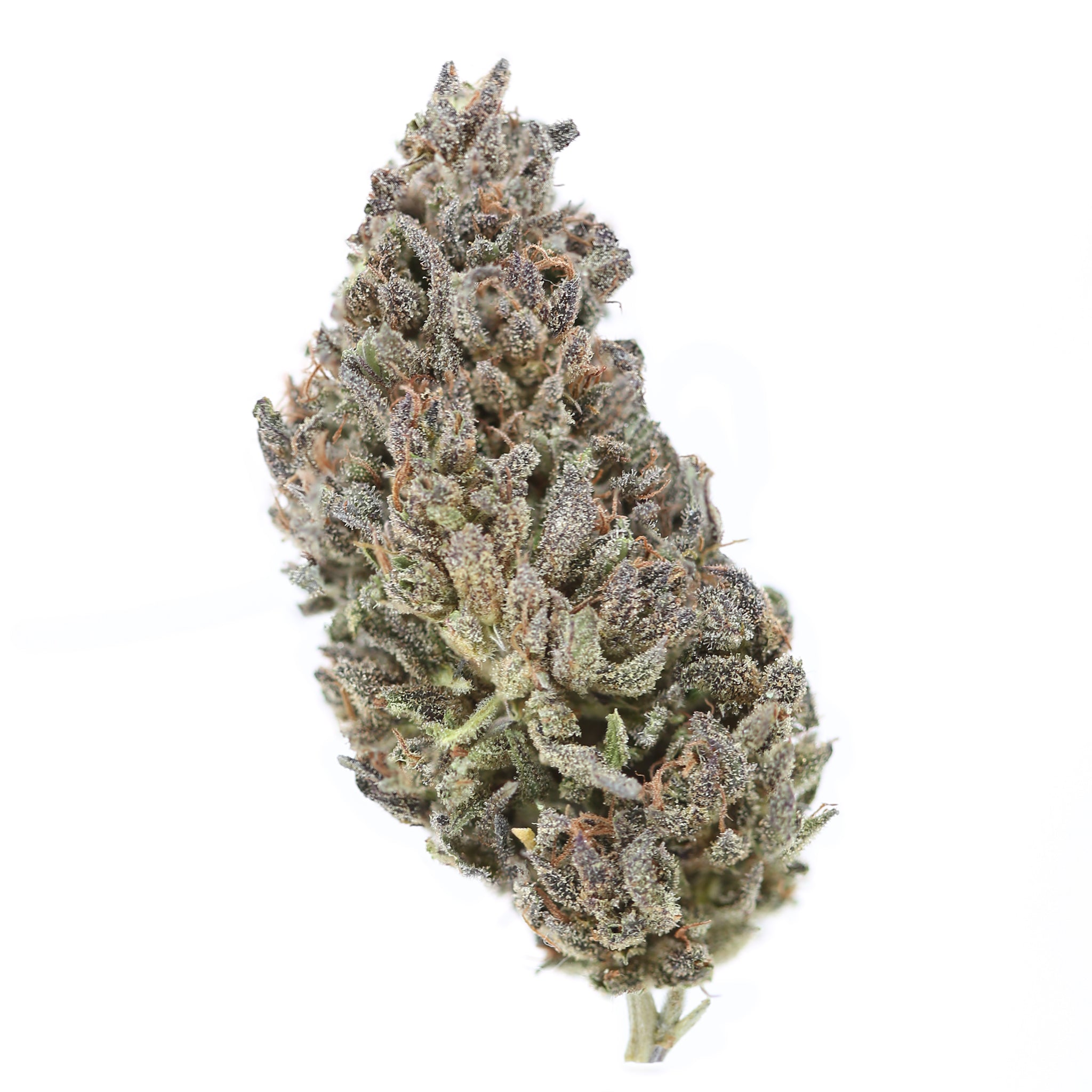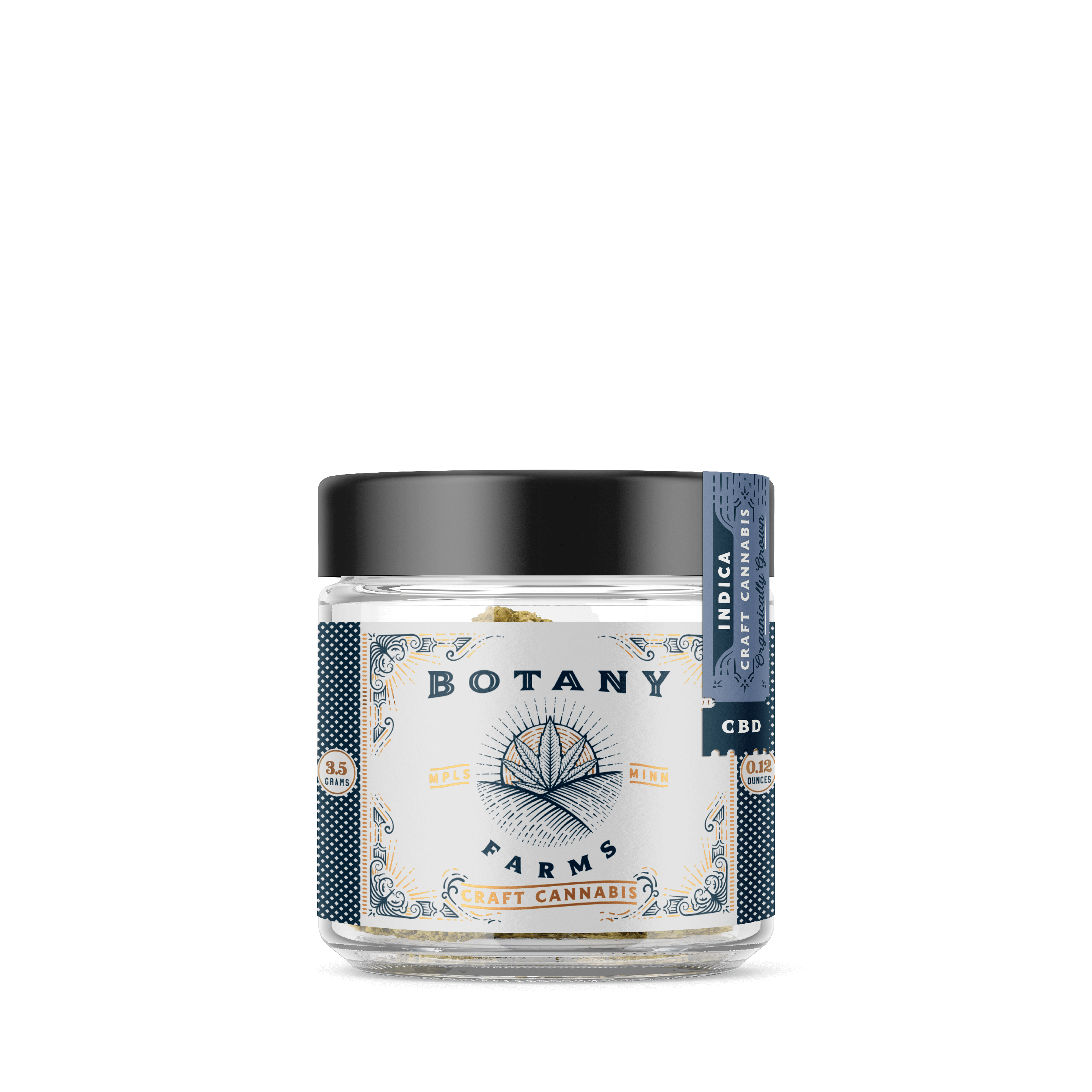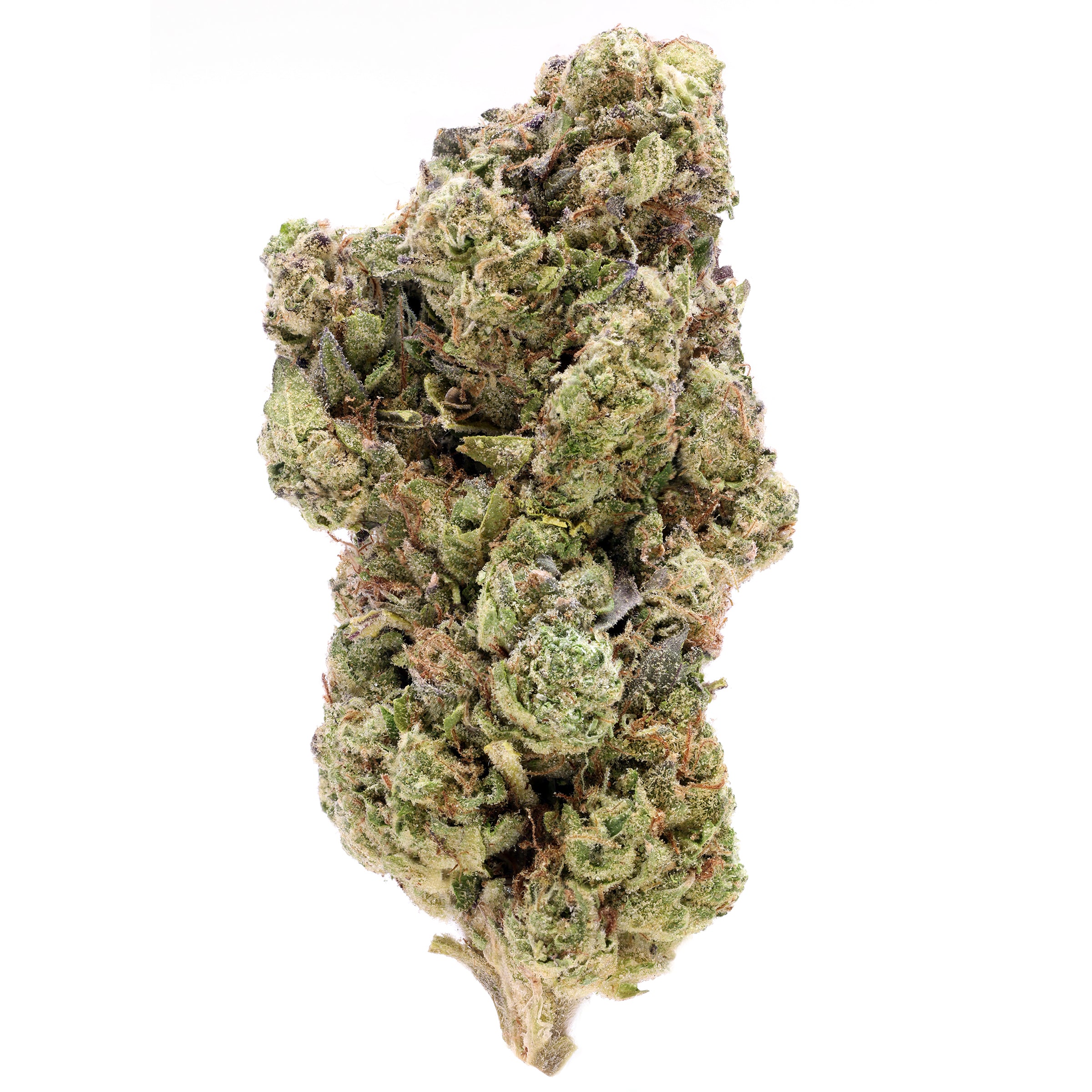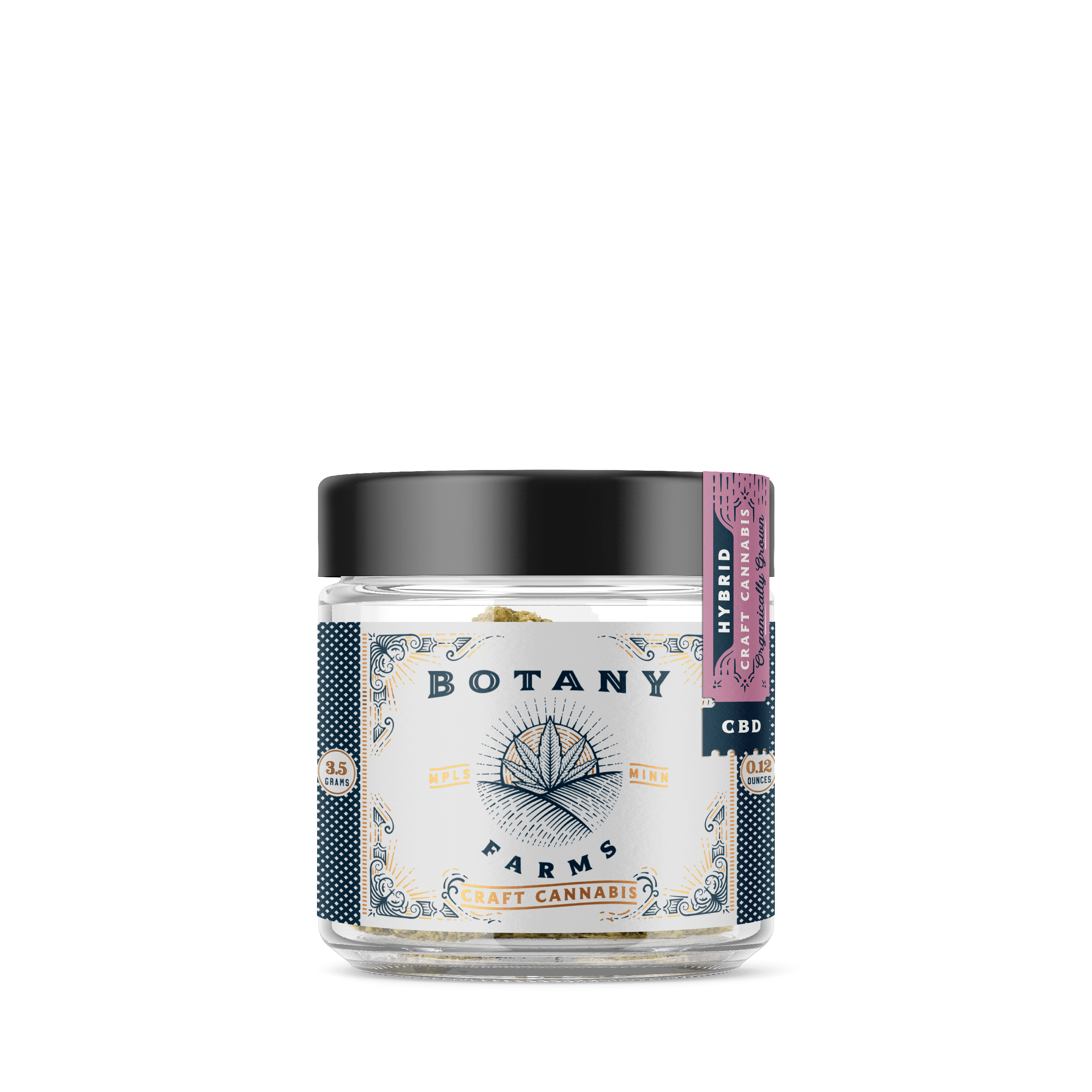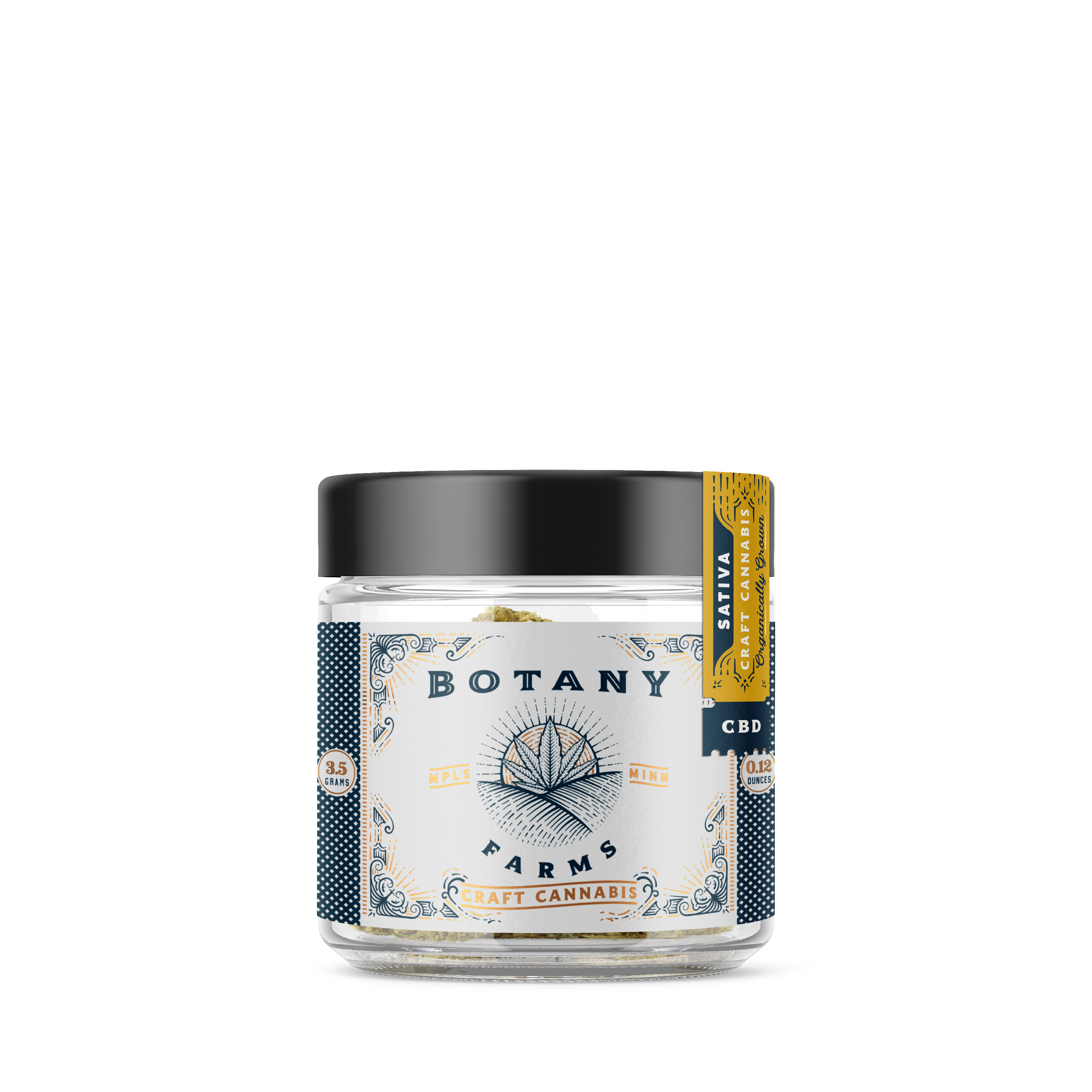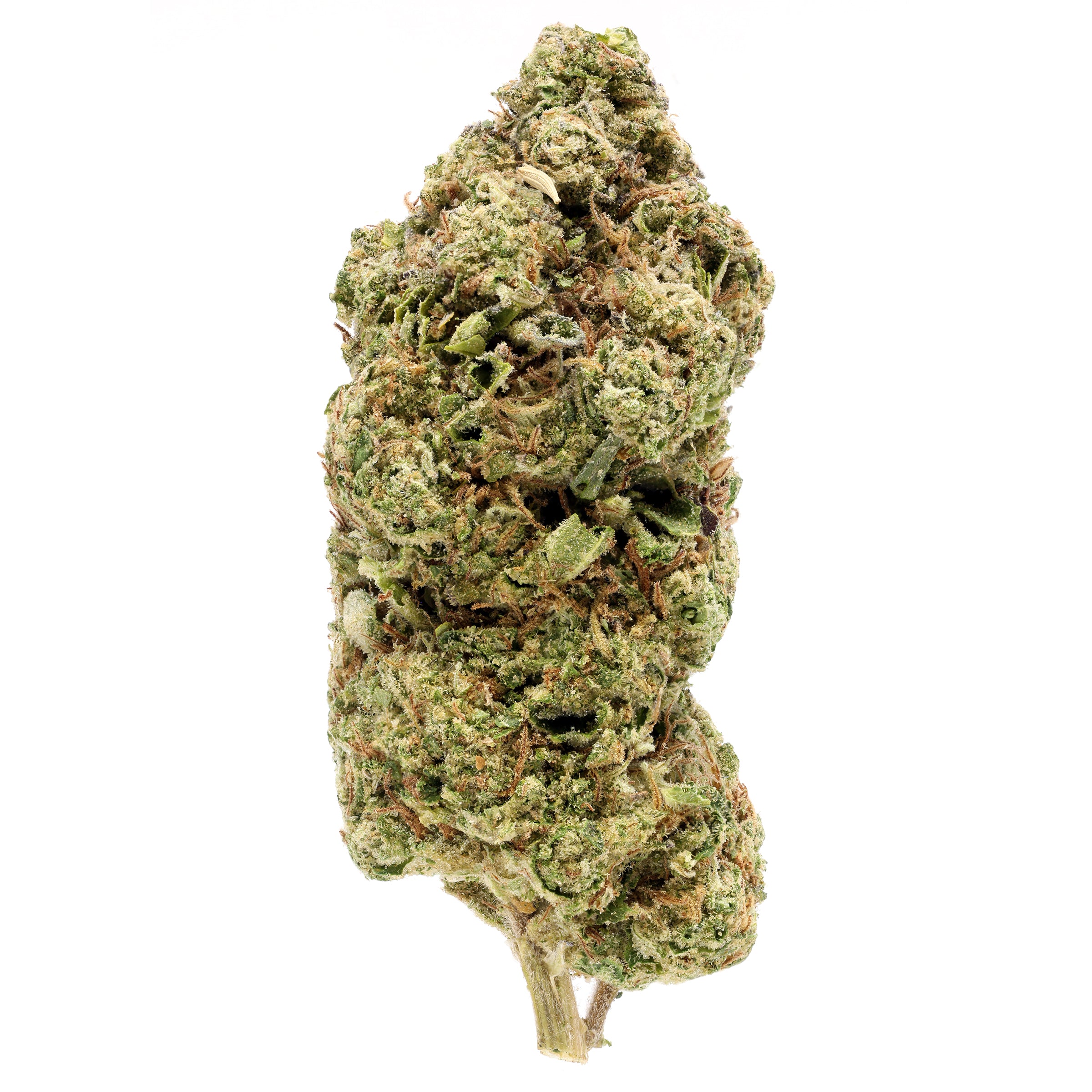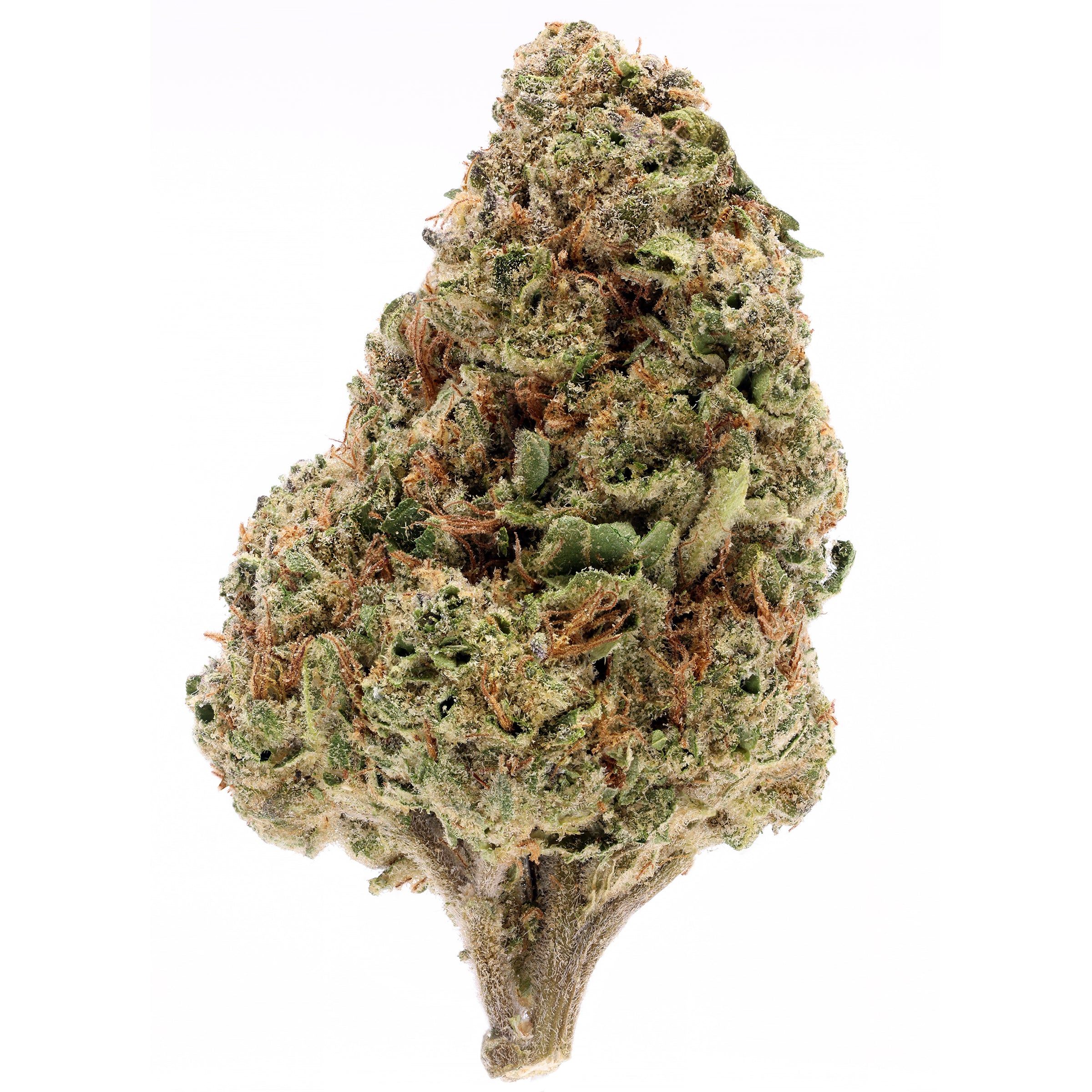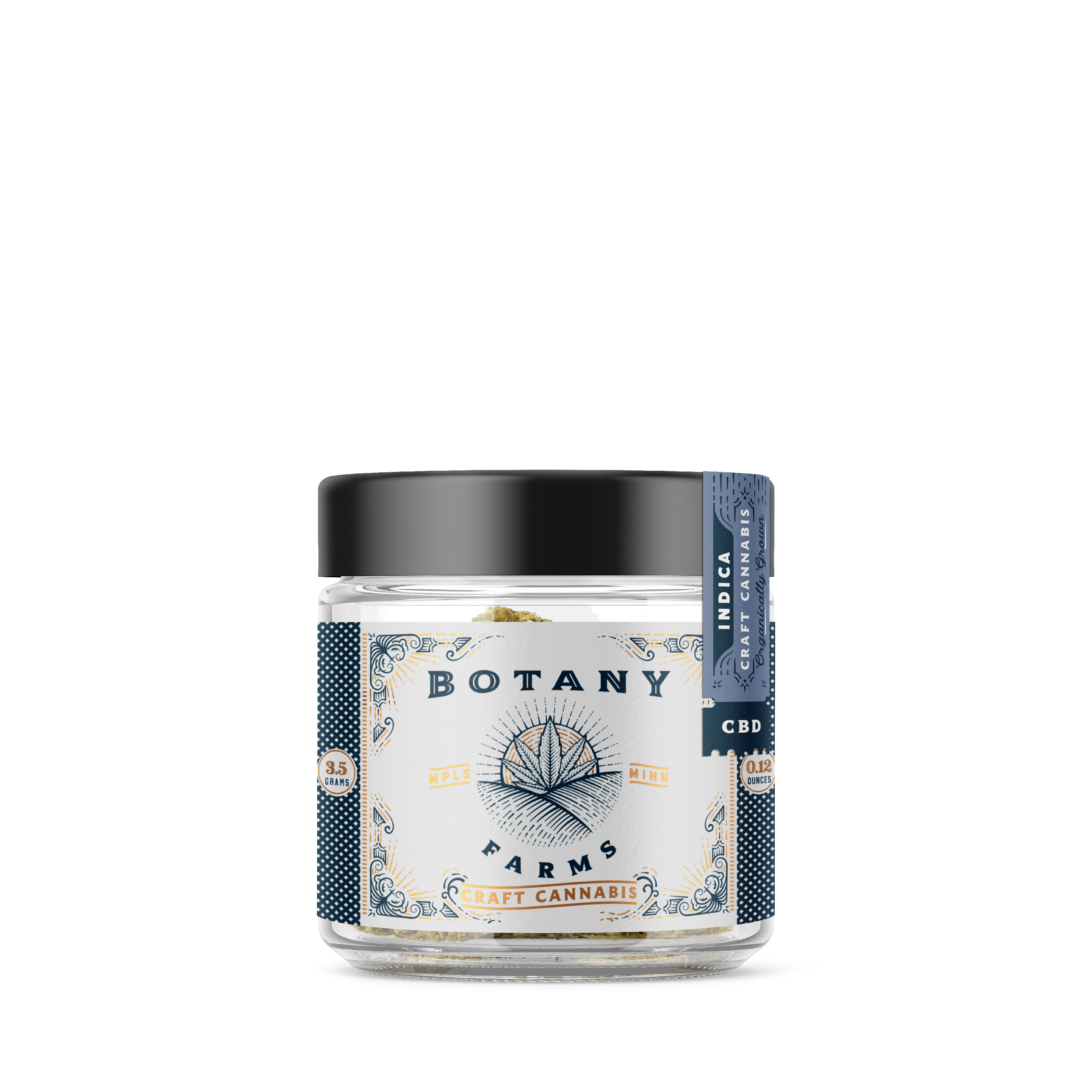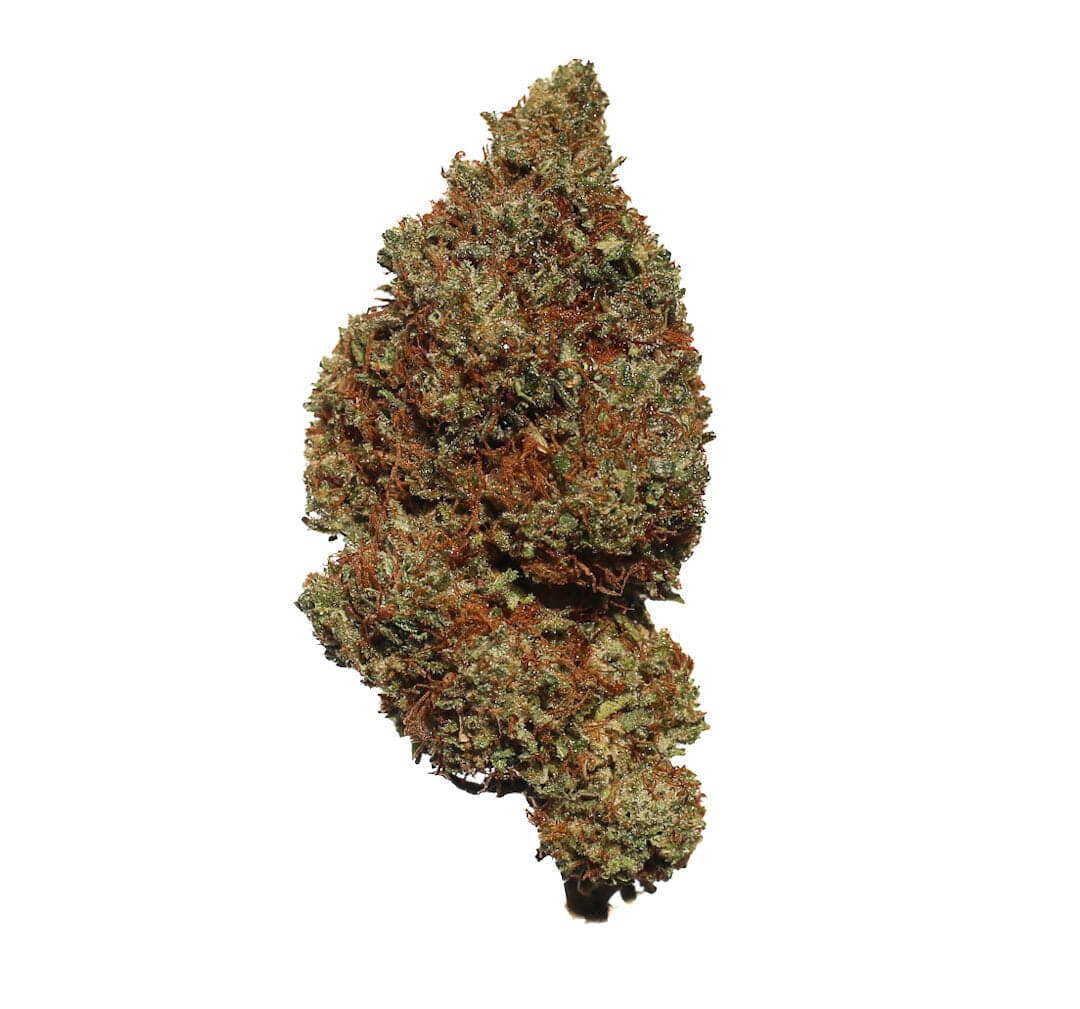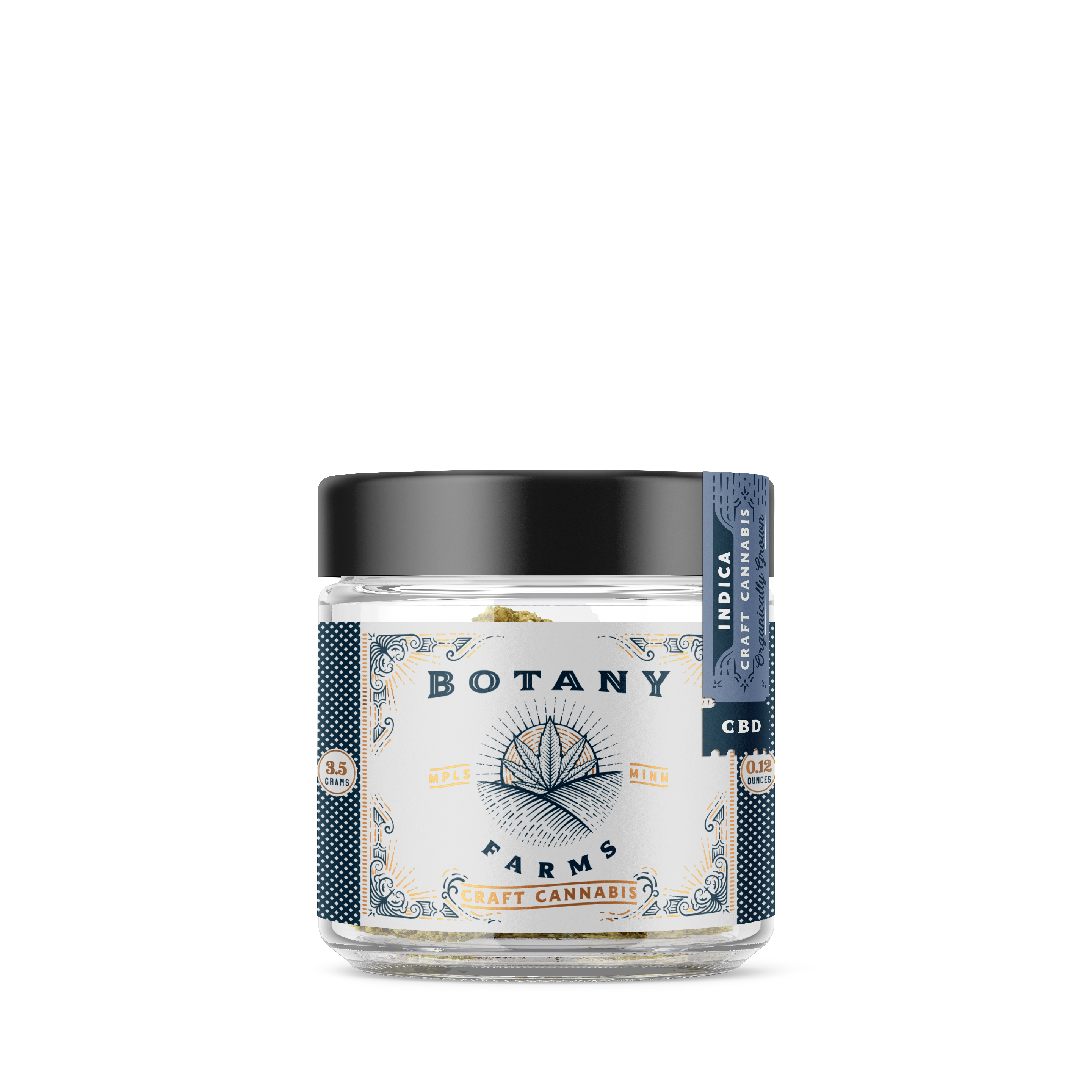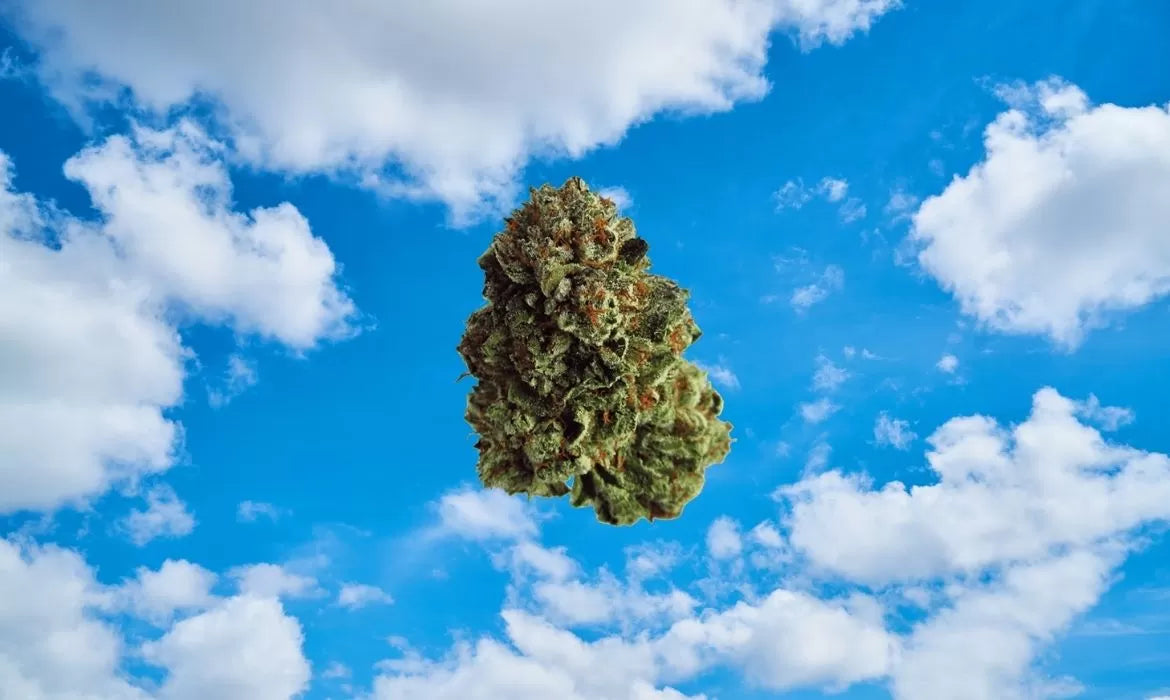Good weed makes everything better, but bad weed can do the complete opposite. In the diverse cannabis universe, where quality can vary significantly, being able to identify poor or low-quality weed is crucial for both safety and a positive user experience. The quality of your weed not only influences its effects but also plays a key role in the overall enjoyment of your cannabis journey.
In this post, we explore the key indicators of weed, including visual, olfactory, and tactile aspects, and discuss the possible health risks associated with consuming poor-quality cannabis. Plus, we give you the best tips to ensure you get high-quality weed and maintain its freshness. So, read on, and you will learn to identify premium cannabis like a sensei!
Key Takeaways
- The appearance, smell, and texture of cannabis are the main indicators to consider.
- High-quality cannabis typically features vibrant green hues with well-formed buds that are neither too dry nor too wet.
- A fresh, penetrating aroma is the hallmark of a good-quality herb. In contrast, bad weed typically has an unpleasant or unusual odor, a stark contrast to the aroma of high-quality cannabis.
- Excessively dry weed may indicate poor storage or aging, while wet or sticky weed may suggest the presence of mold or contaminants.
- Consuming poor-quality, contaminated, or moldy weed can expose users to several health risks and adverse effects.
Key Indicators of Bad Weed
Identifying bad weed relies on recognizing key visual and sensory signs that indicate possible poor quality or damage. The appearance, smell, and texture of cannabis are the main indicators to consider.
Visually, vibrant green tones and well-formed buds indicate quality, while discoloration or the presence of mold may indicate growing, aging, or storage problems.
The aroma of good-quality weed is fresh and spicy, distinguishing it from the unpleasant odor of lousy weed.
Textures that are too dry and crumbly or excessively wet and sticky serve as tactile indicators that provide additional information about weed quality.
By understanding these key indicators, consumers can make informed decisions and ensure a safer and more enjoyable cannabis experience. Now, let us delve into each aspect for a comprehensive understanding.
Visual Signs of Bad Weed
Visual cues play a crucial role in evaluating weed quality and serve as the first evaluation line. Among these signals, color and general appearance stand out as initial indicators.
Vibrant colors and well-formed buds usually indicate high quality, reflecting proper growing practices. On the contrary, discoloration, or the appearance of strange colors, can indicate aging or inadequate curing, while mold on the buds can be easily detected visually.
By paying attention to these visual cues, users can quickly discern potential problems and make better decisions when choosing their products, ensuring a more satisfying and safer cannabis experience. Now, let's delve into the visual aspects that reveal the condition and quality of cannabis.
Color and Appearance
The weed´s color and appearance are important indicators of its quality. High-quality cannabis typically features vibrant green hues with well-formed buds that are neither too dry nor too wet. The best-looking weed strains are often the result of proper care and meticulous growing practices.
Conversely, poor-quality weed may show discoloration, such as brown or yellow spots, which may indicate aging or improper curing. The presence of mold, which appears as a white or grayish fuzz on the buds, is another visual warning sign.
Recognizing these visual indicators is crucial in avoiding potential health risks associated with contaminated or poorly grown weed, and consumers should be wary of any signs of contamination, as mold can pose serious health risks.
Smell and Aroma
A fresh, penetrating aroma is the hallmark of a good-quality herb. In contrast, lousy weed has an unpleasant or unusual odor, a stark contrast to the typical aroma of high-quality cannabis, which can be a clear indication of poor quality or contamination.
It is advisable to train your sense of smell to identify the aromas of a good bud and be careful if the scent deviates from the typical smell associated with high-quality cannabis. The fragrance plays a fundamental role in measuring the herb's quality since the aroma indicates the terpene profile and the general condition of the plant.
Users should be wary of any deviation from the expected aroma of good quality cannabis. Understanding these olfactory indicators gives us better criteria when choosing our products, guaranteeing a more pleasant outcome. Now, let's move on to the tactile aspects and explore how the feel of the herb can provide more crucial information about its overall quality.
Texture and Consistency
The tactile experience of handling weed can also reveal its quality. Bad weed often has extreme textures, such as being too dry and brittle or excessively wet and sticky. Both conditions are problematic and may indicate problems with storage or growing practices, which affect the overall quality of the cannabis.
Excessively dry weed may indicate poor storage or aging, while weed that is too wet or sticky may suggest the presence of mold or contaminants. Consistency is vital, and users should be wary of any deviation from the texture expected from high-quality cannabis.
Understanding these visual, olfactory, and tactile cues is crucial for consumers looking for a safe and enjoyable cannabis experience. Nevertheless, we must always consider the potential health risks associated with bad, low-quality weed.
Health Risks of Consuming Bad Weed
Consuming poor-quality, contaminated, or moldy weed can expose users to several health risks and adverse effects. Understanding these potential dangers is crucial to making informed decisions about the cannabis products we are going to use. Below, you´ll find a comprehensive list of common health risks associated with using poor-quality weed:
- Respiratory problems: Inhaling contaminants or mold spores can cause respiratory problems.
- Nausea: Improperly grown or contaminated cannabis can cause nausea and upset stomach.
- Headaches: Low-quality cannabis can contribute to headaches and migraines.
- Possible mold poisoning: Mold presence on weed can lead to mycotoxin exposure and poisoning.
- Diminished potency: Low-quality weed may lack the desired potency, resulting in mediocre effects.
Users often wonder whether sun-grown weed is better than indoor-grown weed. Nonetheless, the debate over whether sun-grown cannabis is superior to indoor-grown varieties underscores the importance of growing practices.
Improper practices, whether indoors or outdoors, can result in poor-quality weed, amplifying the risk of adverse effects. The lack of standardized regulations in the cannabis industry further emphasizes the need for users to be vigilant when selecting their cannabis products.
Ensuring proper growing practices, including preventing mold contamination and pesticide use, is vital to minimizing health risks. Careful evaluation of weed quality is paramount, along with always getting your products from reliable sources.
By prioritizing safety and making knowledgeable decisions, users can contribute to a positive, health-conscious cannabis culture. Now, let's conclude by summarizing the importance of these considerations and offering tips to ensure the quality of the herb you consume.
Ensuring You Get Good-Quality Weed
Ensuring you get high-quality weed involves adopting specific practices and having a well-trained eye and nose to make the right decisions. Buying from reliable and reputable sources is paramount, and online platforms allow users to access detailed product descriptions, customer reviews, and laboratory test results.
The growing acceptance and demand for weed products, along with the increasing legal opening that this plant is currently experiencing, make it easier to get good-quality products in local dispensaries.
Nevertheless, buying weed online and directly from manufacturers remains the best option. If you are looking to obtain premium-quality weed goods, we are here for you! Botany Farms is one of those reliable options acclaimed by cannabis connoisseurs nationwide for offering a wide variety of excellent-quality products.
At Botany, we have a wide range of cannabis products to cater to every taste and preference. Users can explore premium options like our Delta-8 Blueberry Kush buds, our exclusive Jelly Donut THCA batch, our Godfather OG CBD flowers, and Cookies and Cream THCA buds. Getting your products from a trusted source ensures the authenticity and quality of the products, ensuring a safe and enjoyable cannabis experience.
In addition to choosing the right supplier and product, users should also consider proper storage practices to maintain the quality of their weed over time. Storing weed in a cool, dark environment with controlled humidity helps preserve its potency and overall quality. It is also necessary to keep your weed away from direct sunlight and avoid exposing it to direct air, as these factors could degrade the quality of the cannabinoids and terpenes.
By ensuring they source proven-quality products and maintaining correct storage practices, users can preserve the quality of their weed more effectively.
Final Thoughts
The ability to identify good weed is crucial for a safe and satisfying cannabis experience. Knowing how bad weed looks includes recognizing visual, olfactory, and tactile indicators, understanding potential health risks, and adopting practices to ensure quality.
Prioritizing quality is paramount, and we encourage users to always maintain well-educated judgment when purchasing cannabis or any cannabis product. Whether it's recognizing the signs of weed or exploring premium options from trusted sources like Botany Farms, it's vital to arm yourself with the proper knowledge to enhance your cannabis experience. Remember that life is too short to smoke bad weed and that excellence deserves excellence, so don't settle for less!
What Does Bad Weed Look Like: Frequently Asked Questions
Can bad weed still get you high, and what are the risks?
While bad weed can still contain THC and produce a high, the risks associated with consumption include potential health hazards from contaminants, pesticides, or mold, causing adverse effects and compromising overall well-being.
What should I do if I accidentally consume bad weed?
If you accidentally consume bad weed, closely monitor for any adverse reactions such as nausea, respiratory issues, or allergic responses. Seek medical attention if symptoms persist or worsen.
How can I tell the difference between unique strains and bad weed?
Distinguishing between unique strains and bad weed involves evaluating visual cues such as color and appearance, checking for a characteristic and pleasant aroma, and considering texture. Good-quality cannabis strains usually exhibit vibrant colors, a distinctive, intense, pleasant aroma, and a balanced texture.
